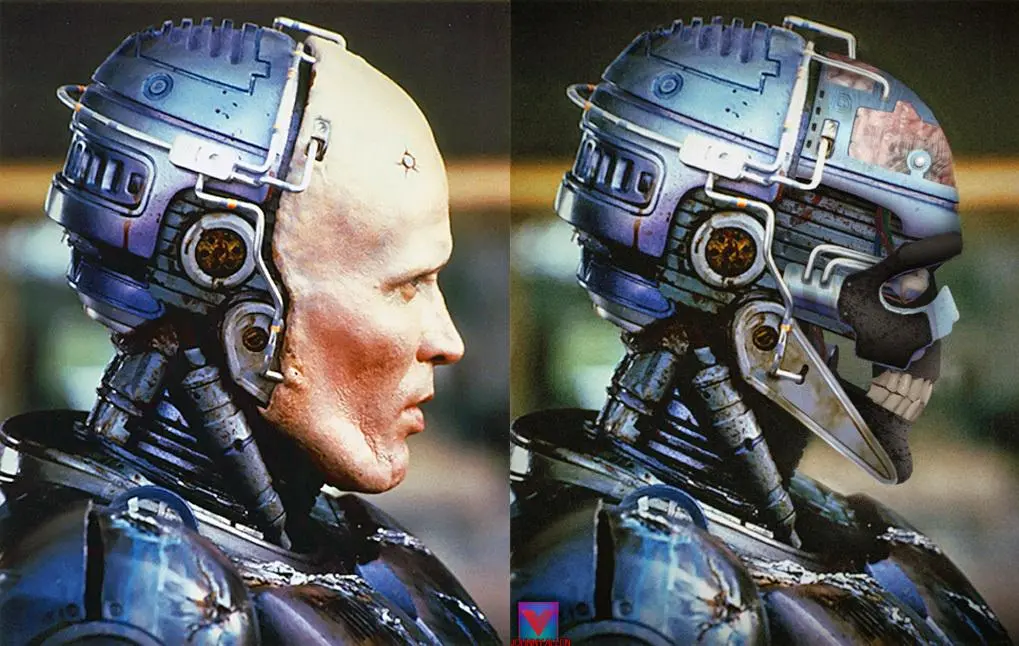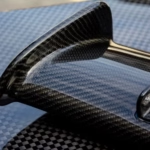Swiss CNC machining: precisely accurate at crazy speed
Swiss CNC machining is a highly accurate and efficient manufacturing process used to produce a variety of parts and components. This process is also known as Swiss turn and is often used to create complex shapes and complex details. In this blog post, we will explore the benefits of Swiss CNC machining and how to create high-quality parts with crazy speed and precision.
Advantages of Swiss CNC processing
One of the main advantages of Swiss CNC machining is its ability to produce highly critical parts with complex geometries. This is due to the use of a single spindle and multiple tools, which allows precise control of the cutting process. This makes it an ideal process for producing parts that require tight tolerances and high precision.
Another advantage of Swiss CNC machining is its speed and efficiency. This process can produce parts with high accuracy and accuracy while also reducing production time and cost. This is an attractive option for manufacturers who need to produce high-quality parts quickly and efficiently.
Types of tools used in Swiss CNC machining
Several types of tools are usually used in Swiss CNC machining. These include:
1. Cutting Tools: These are used to remove material from workpieces and are usually used in combination with spindles.
2. Face Tools: These are used for face-to-work parts and are usually used in conjunction with the spindle.
3. Rotating Tools: These are used to rotate the workpiece and are usually used in conjunction with the spindle.
4. Milling Tools: These tools are used to mill workpieces and are usually used in conjunction with spindles.
5. Grinding Tools: These are used to grind workpieces and are usually used in conjunction with spindles.
Application of Swiss CNC machining
Swiss CNC processing is used in a wide range of industries including:
1. Aerospace: Swiss CNC machining is used to produce high-quality parts for the aerospace industry, including engine components, aircraft components and satellite components.
2. Automotive: Swiss CNC machining is used to produce high-quality parts for the automotive industry, including engine components, transmission components and suspension components.
3. Medical: Swiss CNC processing is used to produce high-quality parts for the medical industry, including surgical instruments, implants and medical equipment.
4. Energy: Swiss CNC machining is used to produce high-quality parts for the energy industry, including turbine components, generator components and transmission components.
5. Industry: Swiss CNC machining is used to produce high-quality parts for the industrial sector, including pumps, valves and mechanical components.
in conclusion
In short, Swiss CNC machining is a highly accurate and efficient manufacturing process for the production of high-quality parts with complex geometries. Its advantages include its ability to produce highly critical parts with tight tolerances, speeds and efficiency, and its versatility. With the right tools and expertise, Swiss CNC machining can be used in a variety of industries including aerospace, automotive, medical, energy and industry.
FAQ
Q: What is Swiss CNC processing?
A: Swiss CNC machining, also known as Swiss turn, is a highly accurate and efficient manufacturing process used to produce high-quality parts with complex geometric shapes.
Q: What are the advantages of Swiss CNC processing?
A: The advantages of Swiss CNC machining include its ability to produce high-precision parts with tight tolerances, speeds and efficiency, and versatility.
Q: What types of tools are used in Swiss CNC machining?
A: The types of tools used in Swiss CNC machining include cutting tools, tool-oriented, turning tools, milling tools and grinding tools.
Q: Which industries use Swiss CNC processing?
A: Swiss CNC processing is used in a wide range of industries including aerospace, automotive, medical, energy and industry.
Q: How does Swiss CNC processing compare to other manufacturing processes?
A: Swiss CNC machining is more accurate and efficient than other manufacturing processes, which is ideal for producing high-quality parts with complex geometric shapes.

















